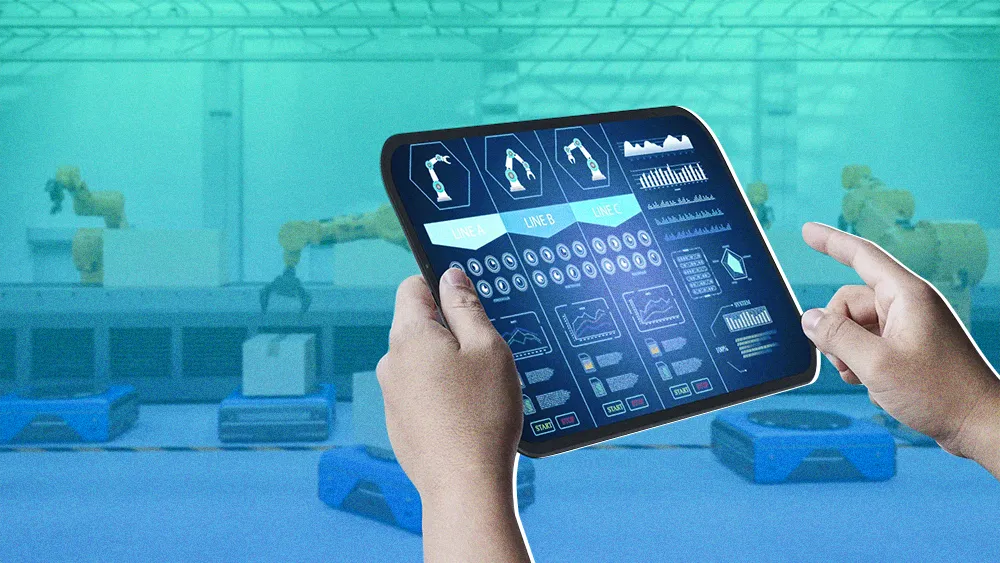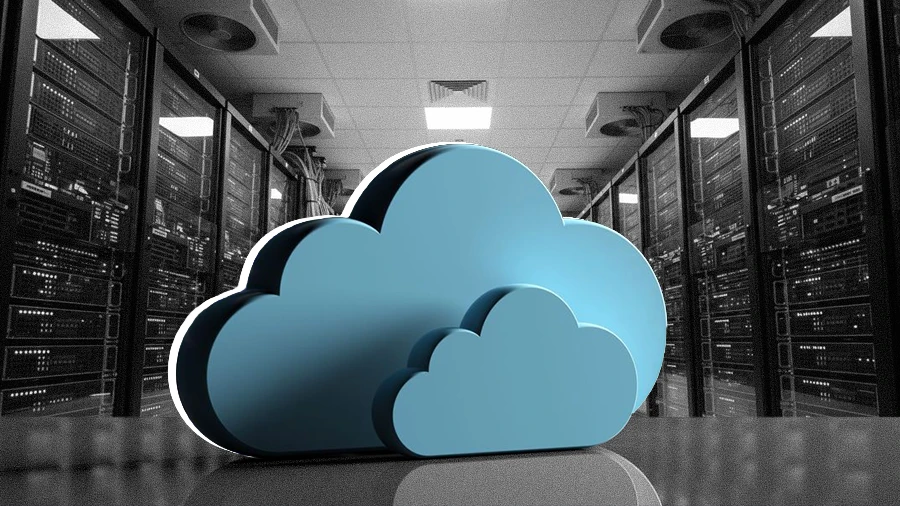
All articles
University of New Haven’s Innovation VP Has a Plan to Overhaul the Academia-Industry Partnership for the AI Era
Paul S. Lavoie, the University of New Haven's VP of Innovation, explains why a broken partnership between industry and academia creates a knowledge gap that slows AI adoption in manufacturing.

Key Points
AI adoption in manufacturing is stalling due to a broken partnership between industry and academia that creates a fundamental knowledge gap.
Paul S. Lavoie, the University of New Haven's VP of Innovation, explains why the real bottleneck is a crisis of interpretation, where companies drown in data they cannot use.
His solution is a new subscription model where the university acts as a proactive R&D partner, diagnosing a company's core business problems instead of just reacting to its requests.
What we're looking at is a center of excellence with a subscription model, treating academia as an extension of companies' R&D departments. The objective is to help industry innovate and grow, and along the way, we'll meet ours: to make sure students get jobs and that we're providing value back to the industry.

Progress in AI adoption is stalling across the manufacturing sector. The cause is not a lack of technology or investment, however, but a fractured partnership between industry and academia. Both sides misunderstand the challenge, and as a result, they fail to connect.
Paul S. Lavoie lived at the center of this disconnect for almost four years. As Connecticut's first Chief Manufacturing Officer, he was the go-to translator for two worlds that struggled to speak the same language. Now, as the new Vice President of Innovation and Applied Technology at the University of New Haven, Lavoie has been brought in to fix the same problem. To make the partnerships sustainable, he's developing a new business model at the R&D park that redefines the university's role.
"What we're looking at is a center of excellence with a subscription model, treating academia as an extension of companies' R&D departments. The objective is to help industry innovate and grow, and along the way, we'll meet ours: to make sure students get jobs and that we're providing value back to the industry," Lavoie says. For him, the entire premise of the AI adoption problem is flawed. "I think the bottleneck is knowledge, and I think that we haven't figured out the intersection of computer science and advanced manufacturing yet."
Data rich, interpretation poor: For Lavoie, the true barrier to AI adoption is not a lack of data, but a crisis of interpretation. The manufacturing sector is drowning in information it cannot use—a challenge he says is more about human insight than technological infrastructure. "I talk to manufacturers and they'll say, 'We don't have a data problem. We have a data integrity problem, but we also have a data interpretation problem,'" Lavoie explains.
To solve this, Lavoie proposes a clear, three-part framework. "If you look at engagement, education, and enablement as a three-step process, there's a whole education piece around AI, but then there's this whole enablement effort as to where am I going to see the benefit and how am I going to process all of this information?" However, this approach requires a fundamental shift in the university's role, from a reactive service provider to a proactive, strategic partner.
Proactive vs. reactive: Academia must stop waiting for industry to show up with predefined problems, Lavoie explains. Instead, universities must lead the conversation, diagnosing the root challenges that companies, with their "narrow band of thinking," might not even see. "We can't be solving for solutions that industry thinks they need; we need to be solving for problems that exist in the industry. When industry comes to you with a problem and they think they have a solution, it's a very narrow band of thinking. We can't just have them come to us after they've already identified the problem and the solution, because that puts us in a reactive stage instead of a proactive one."
The only path forward is to become radically more efficient, Lavoie says. Here, AI is the key—not as a tool to be implemented, but as a lens through which to understand and optimize entire systems. "If we are going to bring manufacturing back to the U.S., we need to make it more cost-effective and more efficient. We're going to have to look at investing in tools that will make us more cost-effective and efficient so that we can compete on a global scale, and AI is going to be at the center of understanding what those tools are."
Of course, solving the knowledge problem creates other challenges downstream. AI adoption demands immense energy and data infrastructure, a burden too significant for any single state to bear alone. This reality has prompted a few federal policy discussions, but for Lavoie, the approach is far from complete.
A structural challenge: The real issue is structural, Lavoie says, rooted in a system that incentivizes competition over collaboration. "I think the federal government needs to start thinking about how to provide incentives for states to collaborate, not to compete. It may not make sense to have data centers in Connecticut. Maybe it would make more sense to have them in Maine. But then again, where is the expertise going to be? Maybe that comes out of Connecticut."
Ultimately, Lavoie’s vision is a direct response to a fractured system. As Chief Manufacturing Officer, he saw firsthand how both sides were failing. To illustrate, he offers a simple parable he learned from his grandfather, a carpenter. "He said, 'Paul, when you're fishing, if you want to be successful, you should fish where the fish are."
Sharing this story with manufacturers struggling to find engineers, Lavoie says he would ask them about the kind of relationship they have with local universities. Often, the answer was "none." They weren't fishing where the fish were, he explains. But even when he made the connection, the relationship often fizzled. "In most cases, it wouldn't stick because the university also didn't know how to manage industry."
Fixing that broken dynamic is now Lavoie's mission. It's a shift in mindset that he believes will unlock a tidal wave of opportunity, creating a national model for how academia and industry can finally build the future together. "I think when we do, we're going to run out of students before we run out of opportunities here at the University of New Haven. I just think the need is that great and the opportunity is that wide open," he concludes.





